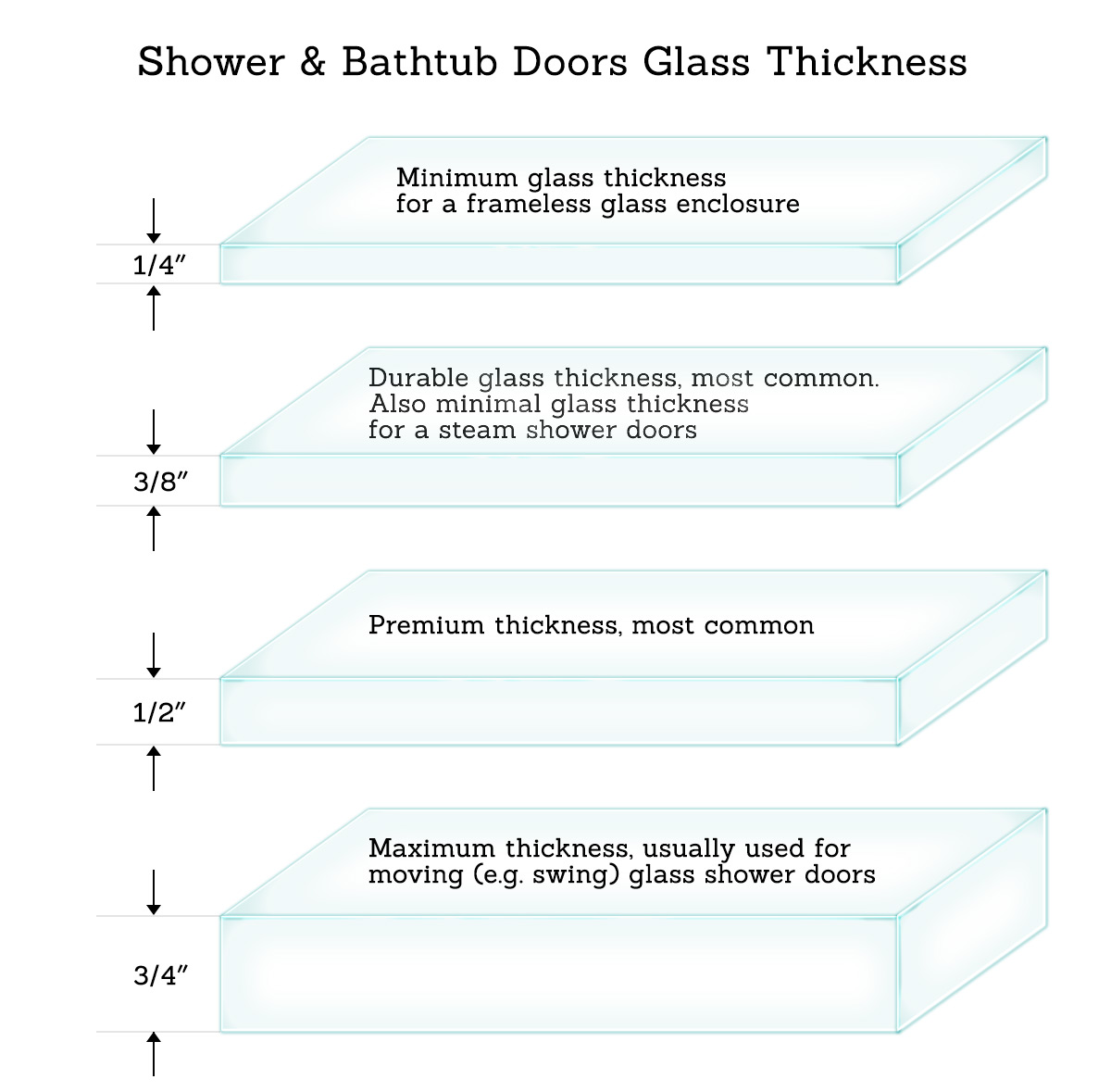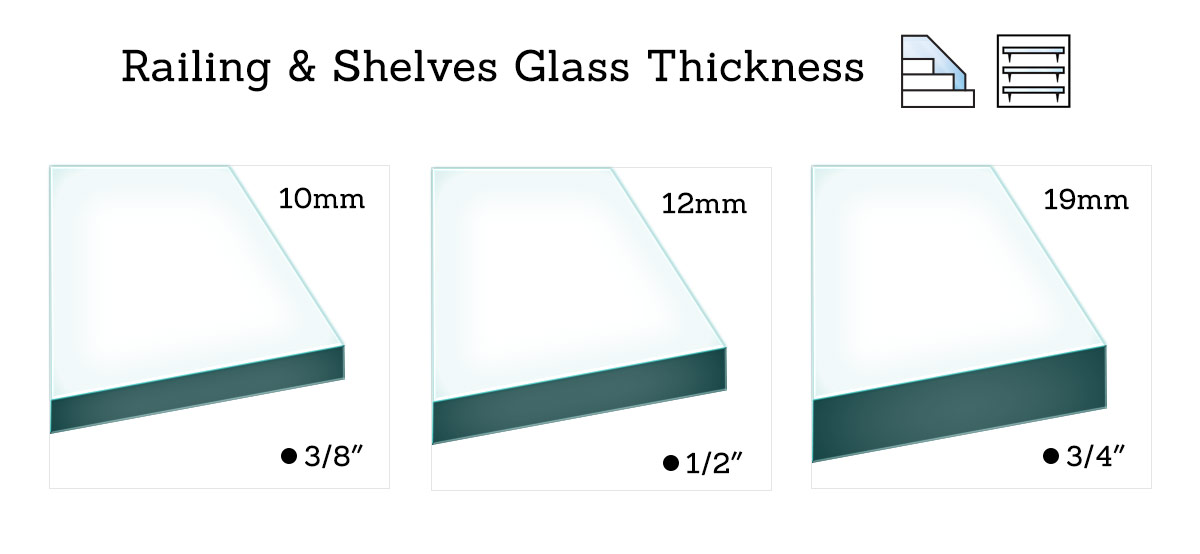Bathroom Glass Partition Thickness Standards and Regulations

The thickness of bathroom glass partitions is crucial for ensuring safety, durability, and aesthetic appeal. Building codes and industry standards provide guidelines for the minimum and maximum thickness requirements for different types of glass used in bathroom partitions. This section explores the standards and regulations governing bathroom glass partition thickness, focusing on the different types of glass and their applications.
Glass Thickness Standards for Bathroom Partitions
The thickness of bathroom glass partitions is determined by several factors, including the type of glass, the size and weight of the partition, and the intended use. Building codes and industry standards provide guidelines for the minimum and maximum thickness requirements for different types of glass used in bathroom partitions.
Minimum Thickness Requirements for Tempered Glass
Tempered glass is a type of safety glass that is heat-treated to increase its strength and shatter resistance. It is commonly used for shower enclosures, tub enclosures, and room dividers. Building codes typically require a minimum thickness of 1/4 inch (6 mm) for tempered glass used in bathroom partitions. However, for larger or heavier partitions, a thicker glass may be required.
Minimum Thickness Requirements for Laminated Glass
Laminated glass consists of two or more layers of glass bonded together with a layer of plastic film. This type of glass is highly resistant to impact and breakage. Laminated glass is often used for bathroom partitions in areas with high traffic or where safety is a primary concern. The minimum thickness requirement for laminated glass used in bathroom partitions varies depending on the specific application and building codes. However, a minimum thickness of 1/4 inch (6 mm) is common.
Minimum Thickness Requirements for Acrylic Glass
Acrylic glass, also known as plexiglass, is a lightweight and durable alternative to traditional glass. It is often used for bathroom partitions in areas where impact resistance and safety are essential. The minimum thickness requirement for acrylic glass used in bathroom partitions varies depending on the specific application and building codes. However, a minimum thickness of 1/4 inch (6 mm) is common.
Recommended Glass Thickness for Different Applications
The recommended glass thickness for bathroom partitions depends on the specific application, such as shower enclosures, tub enclosures, and room dividers. The following table Artikels the recommended glass thickness for different bathroom partition applications.
| Application | Recommended Glass Thickness |
|---|---|
| Shower Enclosures | 1/4 inch (6 mm) tempered glass |
| Tub Enclosures | 1/4 inch (6 mm) tempered glass |
| Room Dividers | 1/4 inch (6 mm) tempered glass or laminated glass |
Note: The recommended glass thickness may vary depending on local building codes and the specific design of the bathroom partition.
Factors Influencing Bathroom Glass Partition Thickness Selection

Choosing the right glass thickness for your bathroom partition is crucial for ensuring both safety and functionality. A thicker glass panel provides greater strength, impact resistance, and sound insulation, while a thinner panel offers a more minimalist and aesthetically pleasing look. Several factors come into play when determining the appropriate glass thickness for your bathroom partition.
Relationship Between Glass Thickness and Its Properties
The thickness of the glass directly influences its strength, impact resistance, and sound insulation properties. Thicker glass panels are more robust and can withstand greater impact forces. They also offer better sound insulation, reducing noise transmission from the bathroom to other areas of the house.
For instance, a 6mm thick glass panel is typically suitable for standard bathroom partitions, while a 10mm thick panel might be necessary for partitions that are subjected to higher impact risks or require better sound insulation.
Size and Weight of the Glass Partition
The size and weight of the glass partition are critical factors in determining the required thickness. Larger and heavier partitions require thicker glass to ensure stability and prevent sagging.
For example, a large shower enclosure with multiple glass panels might require 10mm or even 12mm thick glass, whereas a smaller shower enclosure with a single panel might be sufficient with 6mm thick glass.
Type of Installation
The type of installation also plays a significant role in selecting the appropriate glass thickness. Frameless partitions, which are typically more minimalist and elegant, require thicker glass to provide adequate support and prevent bending or warping.
For instance, a frameless shower enclosure might require 8mm or 10mm thick glass, while a framed enclosure could use thinner glass, such as 6mm.
Safety Regulations and Aesthetic Considerations, Bathroom glass partition thickness
Safety regulations and aesthetic considerations also influence the choice of glass thickness. Building codes often specify minimum glass thickness requirements for safety purposes, especially for areas with potential for impact or breakage.
For instance, in some regions, 6mm thick glass might be the minimum requirement for bathroom partitions. However, thicker glass may be preferred for areas with higher safety concerns, such as in commercial bathrooms or public spaces.
Aesthetically, thicker glass panels can create a more substantial and luxurious look, while thinner panels offer a more minimalist and contemporary feel.
Practical Applications of Different Bathroom Glass Partition Thicknesses

The thickness of bathroom glass partitions is not merely an aesthetic choice; it significantly impacts the partition’s strength, stability, and overall functionality. Choosing the right thickness depends on the size, weight, and intended use of the partition. This section will explore practical applications of different thicknesses, highlighting their advantages and disadvantages.
Thickness and Application
The table below summarizes the common thicknesses of bathroom glass partitions and their typical applications:
| Thickness (mm) | Application | Advantages | Disadvantages |
|---|---|---|---|
| 6 mm | Small, lightweight partitions, shower enclosures in residential bathrooms | Lightweight, cost-effective | Less durable, may not be suitable for heavy-duty applications |
| 8 mm | Larger shower enclosures, partitions with heavier doors, commercial bathrooms | Stronger, more durable, better sound insulation | Heavier than 6 mm, may require additional support |
| 10 mm | Heavy-duty partitions, walk-in showers, large commercial spaces | Very strong, highly durable, excellent sound insulation | Heaviest option, requires robust framing and support |
Thicker Glass for Larger and Heavier Partitions
Thicker glass is crucial for larger and heavier partitions, as it provides the necessary strength and stability to withstand the weight and pressure. For example, a large walk-in shower with a heavy door would require at least 8 mm thick glass to ensure safety and prevent potential breakage.
Larger partitions, especially those with sliding or swinging doors, require thicker glass to support the weight and movement.
Thinner Glass for Smaller and Lighter Partitions
Thinner glass is suitable for smaller and lighter partitions, such as those used in residential bathrooms with fixed panels or small shower enclosures. This option is often preferred due to its lighter weight and lower cost. However, it’s essential to ensure the chosen thickness can handle the expected stress and weight.
Examples of Bathroom Glass Partition Designs
Here are some examples of bathroom glass partition designs that utilize different thicknesses for aesthetic and functional purposes:
* Modern Minimalist Shower Enclosure: A sleek, minimalist shower enclosure might use 6 mm thick glass for its fixed panels and 8 mm thick glass for the sliding door, creating a balanced aesthetic and ensuring structural integrity.
* Spa-Like Bathroom with a Walk-in Shower: A luxurious spa-like bathroom might feature a spacious walk-in shower with a frameless design, utilizing 10 mm thick glass for its robust construction and elegant appearance.
* Small Bathroom with a Fixed Glass Partition: A small bathroom might utilize a fixed glass partition made of 6 mm thick glass to separate the shower area from the rest of the bathroom, maximizing space and providing a sense of openness.
Bathroom glass partition thickness – You know how sometimes you’re in the bathroom and you’re like, “Man, I wish this glass partition was thicker,” right? Well, maybe you should also be thinking about maximizing your space. Check out these IKEA bathroom storage solutions over the toilet to really make the most of your bathroom.
And, hey, maybe a thicker partition will make you feel more private, but a little extra storage space will definitely make your bathroom feel more organized!
You know, when it comes to bathroom glass partitions, thicker is always better, right? It’s all about that privacy, that feeling of being in your own little sanctuary. And if you’re going for that old-school vibe, check out some old style bathroom furniture – it’s like stepping back in time, but with all the modern conveniences.
Just imagine that thick glass partition, paired with a vintage clawfoot tub and a gorgeous antique vanity – total spa vibes! But hey, no matter what style you’re going for, a solid glass partition is always a good choice.